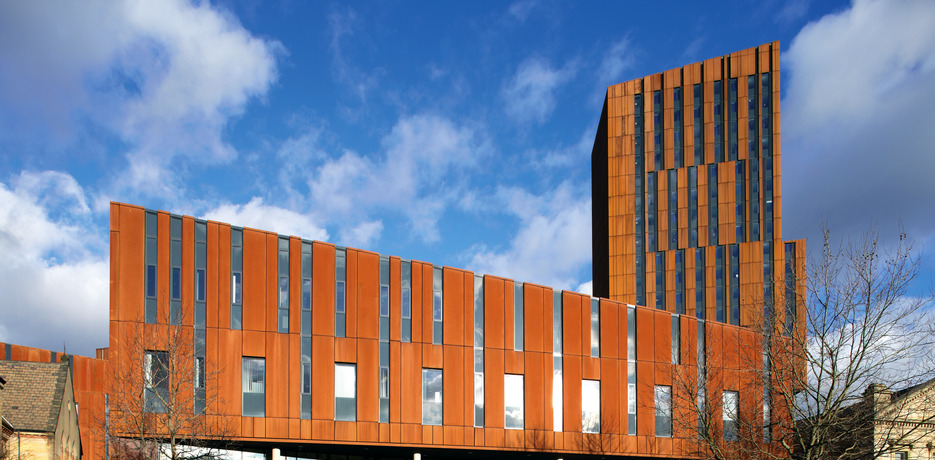Weathering
Technical paper 35: Moisture measurement in the historic environment, published by Historic Environment Scotland in 2021, defines weathering as: ‘The natural breakdown of materials due to interactions of the atmosphere, water, and biological organisms.’
The glossary of statistical terms, published by the Organisation for Economic Co-operation and Development (OECD), defines weathering as: ‘…the disintegration of rocks into small soil particles through the physical and chemical action of atmospheric agents, for example, rain, water, frost, wind, temperature changes, plant and animals.’
Short Guide, Lime Mortars in Traditional Buildings, published on 1 March 2013 by Historic Scotland, defines weathering as: ‘The processes, both natural and man-made, that result in the physical and chemical change of stone. Weathering processes include salt crystallisation, wetting and drying cycles and frost action, as well as deposition of pollutants and growth of biological and/or mineral crusts on stone surfaces.’
See also: Weathering steel.
NB Global Warming of 1.5 ºC, Glossary, published by the Intergovernmental Panel on Climate Change (IPCC) in 2018, defines enhanced weathering as: ‘Enhancing the removal of carbon dioxide (CO2) from the atmosphere through dissolution of silicate and carbonate rocks by grinding these minerals to small particles and actively applying them to soils, coasts or oceans.’
[edit] Related articles on Designing Buildings
Featured articles and news
Latest Build UK Building Safety Regime explainer published
Key elements in one short, now updated document.
UKGBC launch the UK Climate Resilience Roadmap
First guidance of its kind on direct climate impacts for the built environment and how it can adapt.
CLC Health, Safety and Wellbeing Strategy 2025
Launched by the Minister for Industry to look at fatalities on site, improving mental health and other issues.
One of the most impressive Victorian architects. Book review.
Common Assessment Standard now with building safety
New CAS update now includes mandatory building safety questions.
RTPI leader to become new CIOB Chief Executive Officer
Dr Victoria Hills MRTPI, FICE to take over after Caroline Gumble’s departure.
Social and affordable housing, a long term plan for delivery
The “Delivering a Decade of Renewal for Social and Affordable Housing” strategy sets out future path.
A change to adoptive architecture
Effects of global weather warming on architectural detailing, material choice and human interaction.
The proposed publicly owned and backed subsidiary of Homes England, to facilitate new homes.
How big is the problem and what can we do to mitigate the effects?
Overheating guidance and tools for building designers
A number of cool guides to help with the heat.
The UK's Modern Industrial Strategy: A 10 year plan
Previous consultation criticism, current key elements and general support with some persisting reservations.
Building Safety Regulator reforms
New roles, new staff and a new fast track service pave the way for a single construction regulator.
Architectural Technologist CPDs and Communications
CIAT CPD… and how you can do it!
Cooling centres and cool spaces
Managing extreme heat in cities by directing the public to places for heat stress relief and water sources.
Winter gardens: A brief history and warm variations
Extending the season with glass in different forms and terms.
Restoring Great Yarmouth's Winter Gardens
Transforming one of the least sustainable constructions imaginable.























